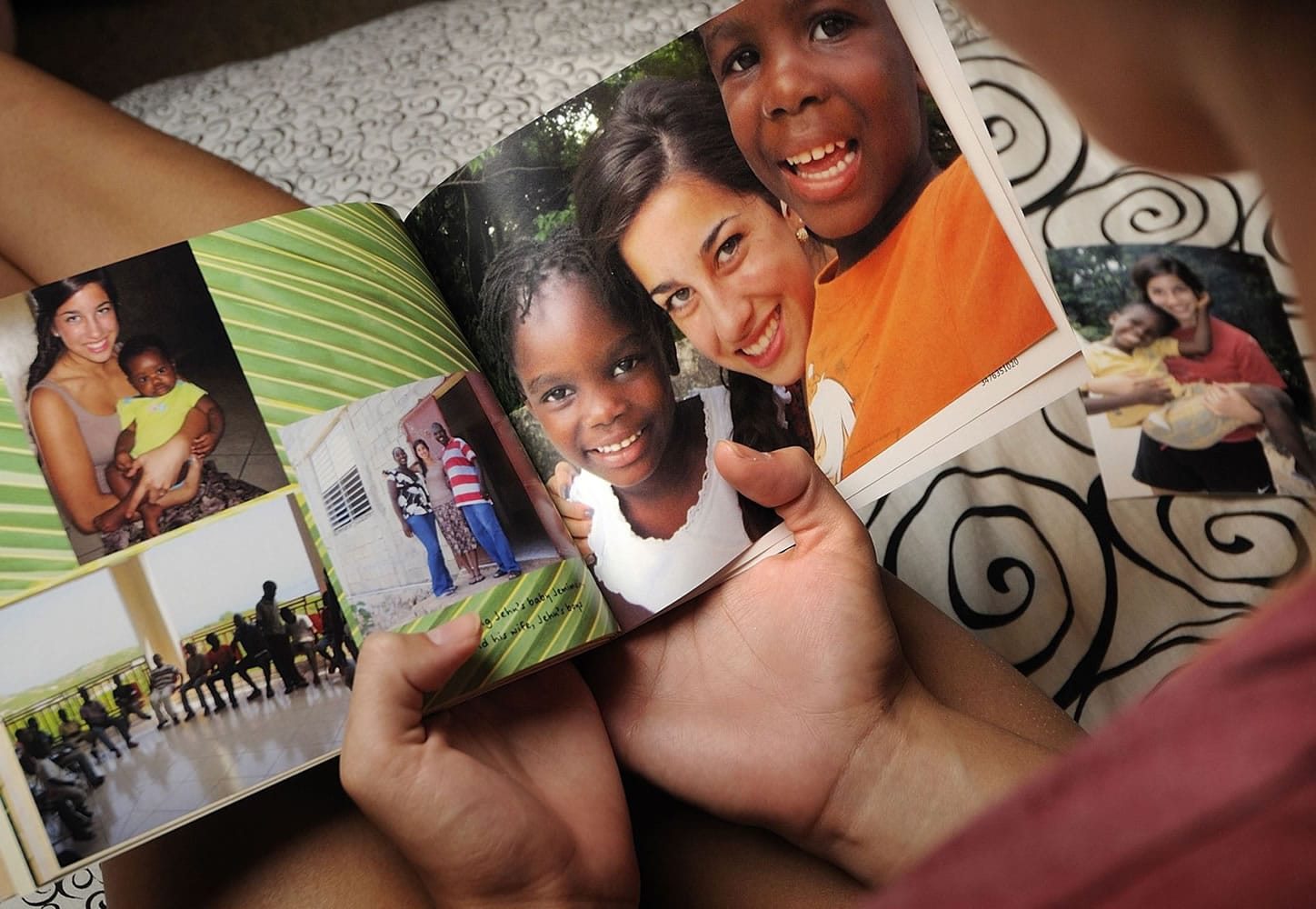When constructing a home, school or some other important building in Haiti, the wall goes up first.
Always. Usually a thick, 10- or 12-foot-high concrete cinder block wall, often topped with barbed wire. That’s simply how it’s done in the world’s poorest nation.
No such barriers hinder personal interaction.
Haitians laugh and smile easily, join in song with friends and strangers, all hours of the day or night. They treat guests with joy and equanimity — to the point of spontaneously offering a baby for adoption (and a better life) to a foreigner who simply notes the child’s irresistible charm.
These are but two lessons absorbed by northwest Vancouver resident Haylee Castro, 15, about to begin her sophomore year at Columbia River High School.



